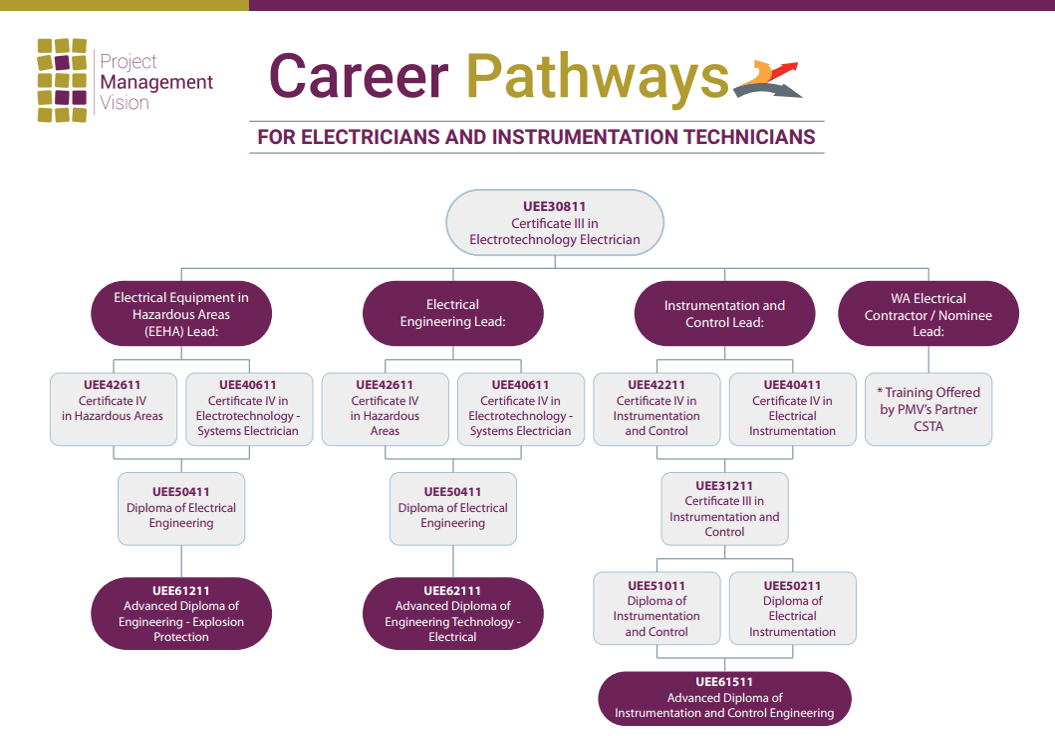Some Of Roar Solutions
Some Of Roar Solutions
Blog Article
The Facts About Roar Solutions Revealed
Table of ContentsThe Definitive Guide for Roar SolutionsThe Best Strategy To Use For Roar Solutions7 Simple Techniques For Roar Solutions
In order to shield setups from a possible explosion a technique of evaluating and classifying a possibly harmful area is called for. The objective of this is to make sure the right selection and setup of equipment to inevitably stop an explosion and to make certain safety of life.
(https://www.anobii.com/en/01749dcc41232b575a/profile/activity)
No tools should be installed where the surface temperature of the devices is above the ignition temperature level of the given hazard. Below are some usual dust dangerous and their minimal ignition temperature level. Coal Dust 380C 225C Polythene 420C (melts) Methyl Cellulose 420C 320C Starch 460C 435C Flour 490C 340C Sugar 490C 460C Grain Dust 510C 300C Phenolic Material 530C > 450C Aluminium 590C > 450C PVC 700C > 450C Residue 810C 570C The likelihood of the risk being existing in a concentration high sufficient to trigger an ignition will vary from location to location.
In order to classify this threat an installment is separated right into areas of risk depending upon the quantity of time the unsafe exists. These locations are referred to as Zones. For gases and vapours and dusts and fibers there are 3 areas. Area 0 Area 20 A hazardous atmosphere is extremely likely to be existing and might be present for extended periods of time (> 1000 hours each year) and even continually Area 1 Zone 21 A hazardous atmosphere is feasible however unlikely to be existing for lengthy periods of time (> 10 450 C [842 F] A classification of T6 means the minimal ignition temperature level is > 85 C [185 F] Dangerous area electric devices maybe made for usage in higher ambient temperature levels. This would certainly indicated on the rating plate e.g. EExe II C T3 Ta + 60C( This suggests at 60C ambient T3 will not be exceeded) T1 T1, T2, T3, T4, T5, T6 T2 T2, T3, T4, T5, T6 T3 T3, T4, T5, T6 T4 T4, T5, T6 T5 T5, T6 T6 T6 A T Class ranking of T1 indicates the optimum surface temperature created by the instrument at 40 C is 450 C. Thinking the connected T Class and Temperature level rating for the tools are suitable for the location, you can always make use of an instrument with a more strict Department score than needed for the area. There isn't a clear solution to this concern unfortunately. It truly does rely on the sort of devices and what repair work require to be performed. Devices with details test treatments that can not be carried out in the area in order to achieve/maintain 3rd party score. Have to come back to the factory if it is before the tools's service. Field Fixing By Authorised Personnel: Challenging screening might not be required nevertheless specific procedures may require to be followed in order for the tools to preserve its 3rd party score. Authorized workers must be used to carry out the work appropriately Fixing must be a like for like replacement. New component should be thought about as a straight replacement requiring no special testing of the equipment after the repair work is total. Each item of tools with a hazardous rating ought to be assessed separately. These are detailed at a high degree below, however, for even more in-depth info, please refer straight to the standards.
The Single Strategy To Use For Roar Solutions
The devices register is a detailed database of equipment documents that consists of a minimum set of fields to recognize each thing's place, technical parameters, Ex-spouse category, age, and ecological data. The proportion of Thorough to Close evaluations will be established by the Tools Danger, which is evaluated based on ignition threat (the likelihood of a source of ignition versus the probability of a flammable ambience )and the harmful area classification
( Zone 0Area 1, or 2). Carrying out a robust Risk-Based Examination( RBI )method is vital for making sure conformity and security in handling Electrical Devices in Hazardous Areas( EEHA).
The Buzz on Roar Solutions

In terms of eruptive danger, a hazardous location is a setting in which an explosive environment exists (or may be anticipated to be present) in quantities that call for unique safety measures for the building, setup and use of devices. electrical refresher course. In this post we discover the challenges dealt with in the office, the threat control actions, and the called for expertises to function securely
It issues of modern life that we make, keep or deal with a range of gases or liquids that are regarded flammable, and a series of dusts that are considered combustible. These compounds can, in particular conditions, create explosive environments and these can have significant and terrible effects. Most of us know with the fire triangle eliminate any kind of one of the 3 components and the fire can not take place, but what does this mean in the context of dangerous locations? When breaking this down right into its easiest terms it is basically: a mix of a certain amount of launch or leakage of a specific compound or product, blending with ambient oxygen, and the presence of a source of ignition.
In most instances, we can do little concerning the levels of oxygen in the air, yet we can have significant impact on resources of ignition, as an example electrical equipment. Dangerous locations are documented on the harmful location category illustration and are determined on-site by the triangular "EX LOVER" indication. Below, amongst various other vital information, areas are split into 3 kinds depending upon the risk, the look what i found possibility and period that an eruptive environment will exist; Zone 0 or 20 is deemed one of the most hazardous and Area 2 or 22 is considered the least.
Report this page